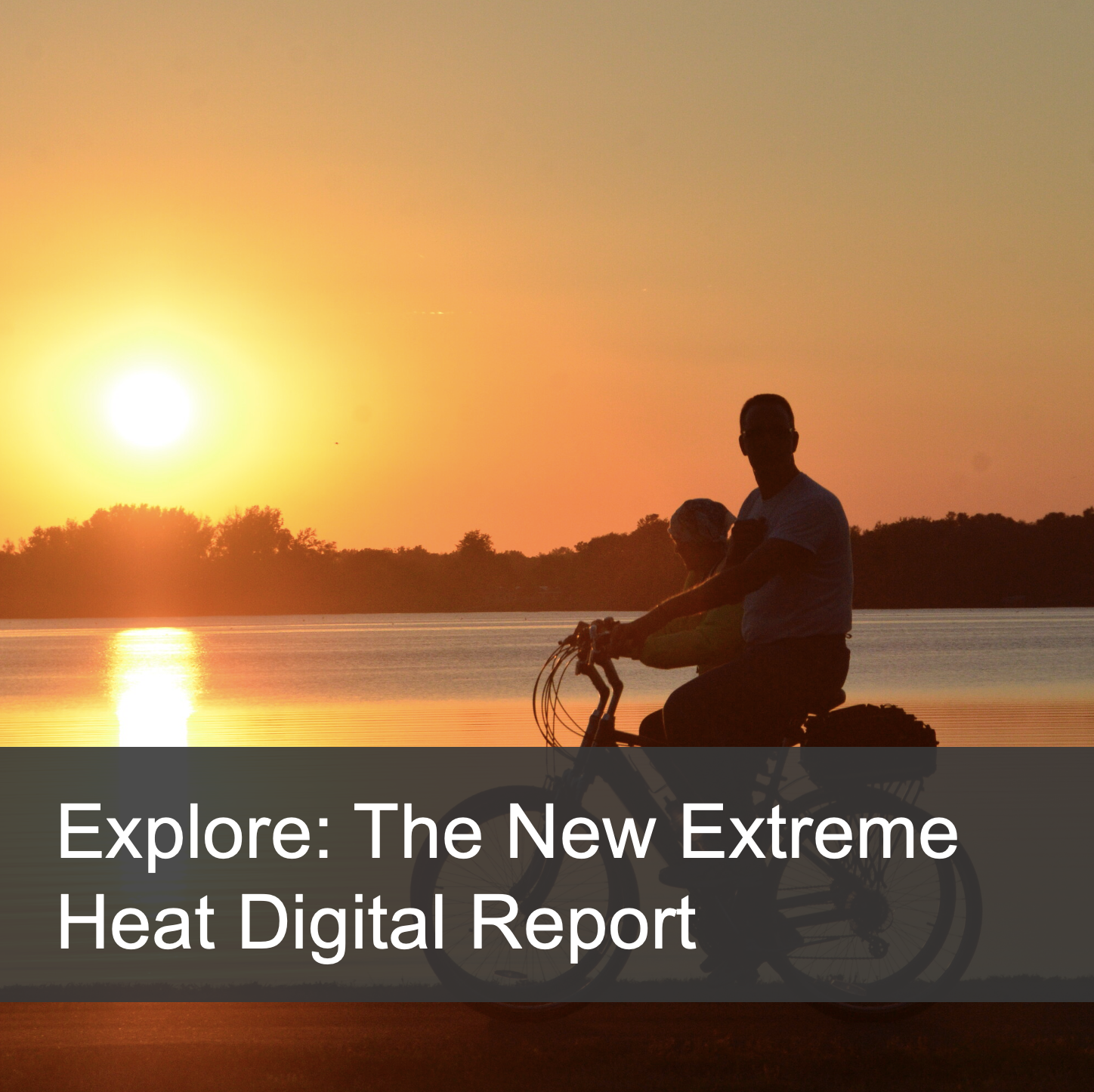 State climatologists are highly confident that heat waves are likely to trend upwards in future summers in the state.
State climatologists are highly confident that heat waves are likely to trend upwards in future summers in the state.
To create strategies to address extreme heat, researchers seek to identify the factors that exacerbate extreme heat. This research has shown that higher temperatures are amplified in areas with higher concentrations of pavement and impervious surface, as these areas tend to absorb residual heat and hold that heat longer than vegetation would.
Using remote sensing and satellite imagery, the Council has mapped land surface temperature on two dates. First, temperatures mapped in 2022 show recent, high-resolution data. The 2022 data is intended to show the heat differences across the region, not the maximum temperature that any specific area can reach. Temperatures from an extreme, three-day heat wave occurring in 2016 are also mapped, but at coarser resolution. The 2016 data more closely approximates the maximum land surface temperature that urban areas may reach.
In both cases, maps show that developed areas are hotter in temperature, while parks and other greenspace, and areas near water bodies, are cooler. It is important to emphasize that the data consists of land surface temperature, as opposed to air temperature. Air temperature data can provide a better measure of potential extreme heat impacts on human health. The use of land surface temperature has ensured that this analysis has full metropolitan coverage. In addition, the use of land surface temperature can be helpful in identifying land use and built environment strategies to mitigate extreme heat in specific locations through a variety of site-specific interventions.
Digital Report on Extreme Heat
Stories from across the region describe the impact of extreme heat and the importance of taking action to reduce the impact of heat.
2022 Land Surface Temperature Map
An updated and improved map of land surface temperature highlights differences in temperature across the region. Raster data of land surface temperature is available for custom mapping and analysis (
2022 data and
2016 data).